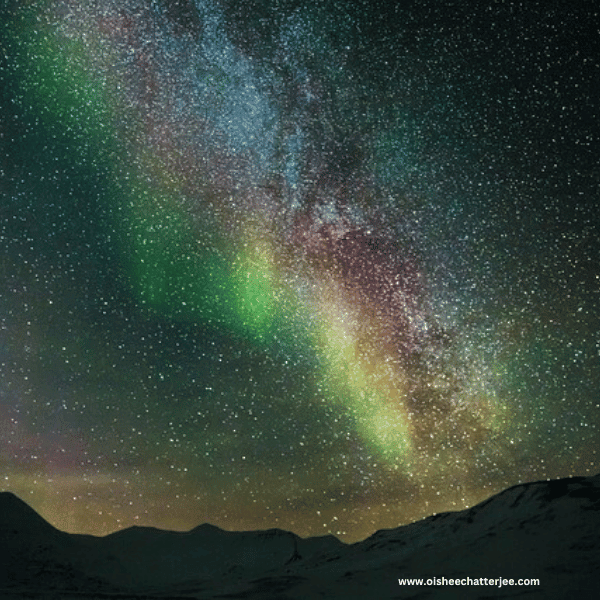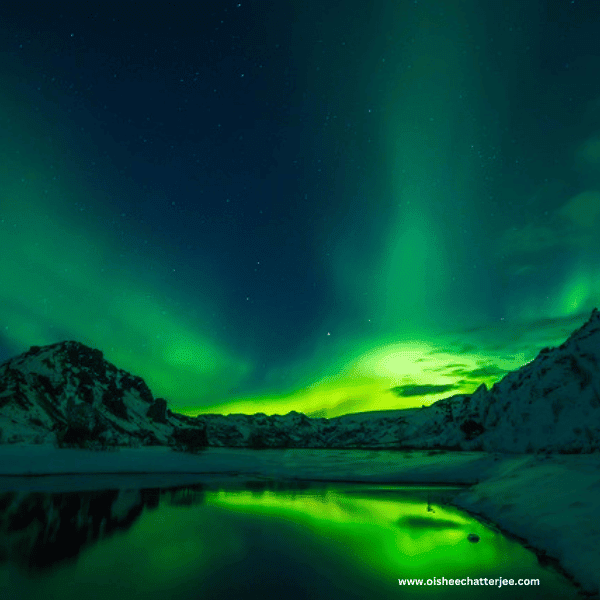Rainbow Aurora Borealis
Mother Nature’s Tie-Dye Surprise in U.S. Skies
I’ve got some news that might just make you look up in wonder – or maybe just raise an eyebrow. It’s called the “rainbow aurora borealis,” and it is as if Mother Nature decided to throw a tie-dye party in the Arctic sky. But guess what? There’s a chance these colorful clouds could be coming to a sky near you!

Rainbow Clouds? Are You Serious?
You bet I am! Forget about those boring white clouds you’re used to. The rainbow aurora borealis is a light show of epic proportions, with swirling colors that look like they belong on a unicorn. I mean, who needs fireworks when you have this natural light display?
The Science Behind the Magical Rainbow Aurora Borealis
Okay, I know science isn’t everyone’s cup of tea, but just stick with me. These clouds are called polar stratospheric clouds (PSCs), and they form when it gets insanely cold high up in the atmosphere (even colder than your ex’s heart). So cold, that even the water molecules turn into ice crystals. Sunlight then hits these crystals and bounces off in a bunch of different colors, creating a rainbow effect. Pretty neat, huh?
Pretty Cool, But Maybe a Little Extra
I love a good light. But maybe these rainbow clouds are a bit much! I mean, we’ve got plenty of pretty sunsets and starry nights here in the U.S. Ummm…maybe I’ll change my tune if I ever catch a glimpse of this colorful phenomenon.

Your Questions Answered:
Q. Are these the same as the northern lights?
A. Nope! The aurora borealis (northern lights) are caused by particles from the sun hitting our atmosphere. Rainbow clouds are a totally different deal.
Q. Where can I see them?
A. Usually in the Arctic, but they’ve been spotted in other places too, even in the U.S. So, keep an eye on social media for sightings!
Q. Can I make them appear?
A. Not unless you have the power to control the weather!
Want to See the Rainbow Aurora Borealis for Yourself?
Keep an eye on the weather forecast, especially during the colder months. If conditions are right, you might just be treated to Mother Nature’s tie-dye masterpiece!
Check out resources like the Space Weather Prediction Center for updates: [https://www.swpc.noaa.gov/](https://www.swpc.noaa.gov/)
Disclaimer: I’m no scientist, just a gal who loves to look up at the sky. If you want all the technical details, go ask a meteorologist
You might also like : Why don’t we have solar eclipse every month?




